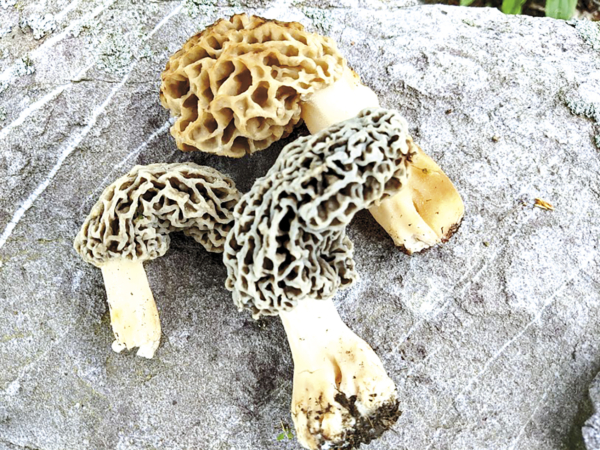For some reason, these days, it seems like we are seeing more and more TV shows about surviving in the wilderness or living off the grid.
Like a lot of other outdoor types, I, too, have dabbled a bit in surviving off the land on a few occasions. On one outing, I spent about ten days in the Montana wilds hunting elk; I basically lived off the land in a tent at tree line and even managed to bag a nice 6×6 bull elk.
On another occasion, I spent a couple of weeks in an actual survival training camp in Colorado, learning to repel down rock ledges and surviving off the land. When you think about it, though, all of us who hunt or fish are to some extent “surviving” or at least utilizing the wild fish and game around us. Now, if you go a bit further and add foraging to your wild game and fish, you are at least temporarily “living off the land.”
By now, a lot of us hunters already have a freezer full of wild game, and if you are an avid fisherman, you may also be garnering some of those great-tasting panfish fillets to add to your wild game supply. So why not go a step further and gather some wild plants and fruits to add to the mix, otherwise known as foraging.
Every once in a while, I like to do just that and sit down to a “living off the land” meal, you know — a meal that comes entirely from the woods, lakes, streams, and fields that abound here in this part of Pennsylvania.
While I do some foraging along with my hunting and fishing, I’m far from one of those survivalist types. It’s entirely possible that on more than one occasion, you may have caught me pulling out of McDonald’s wolfing down a carton of chicken nuggets dunked in ranch dressing and being chased by a large mocha frappe. It’s also true that I have been spotted enjoying an occasional donut at the local Dunkin Donuts. However, I also enjoyed those wild foods, and one day last week, my wife and I prepared an “off the land” meal.
Our main dish consisted of a generous helping of fried panfish fillets that we caught through the ice this winter with the added treat of wild morel mushrooms fried in butter. Morel mushrooms are one of the only spring mushrooms available in our area, and they are at the top of the taste list. Time didn’t permit this time, but some other foraged items that can supplement the main course would be those dandelions growing in the yard-they make a good salad, and for a tasty hot drink, how about some sassafras tea.
Our “off the land” meal last week was pretty basic, but many more items can be foraged and added to that wild meat supply. I don’t have room here even to begin to cover them all, but plants like wild onions, cattail, and a host of wild fruits and berries are available. The main thing to remember about foraging from the wild is to make sure you know what it is you are taking home to eat, and that’s especially true of mushrooms; eating the wrong mushroom can be downright deadly. When foraging, try to go with somebody who is familiar with the things you are gathering. It also pays to study and glean what information you can from books on foraging and field guides that offer important information, descriptions, and valuable photos.
Remember, until you are properly prepared to forage in the wild, you can still hit the local fast-food place for some of those chicken nuggets, and if you don’t fish, try “trolling” the aisles at the local grocery store for some salmon or cod.





Leave a Comment
Your email address will not be published. Required fields are marked with *